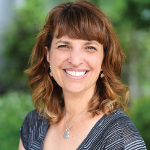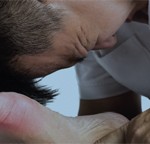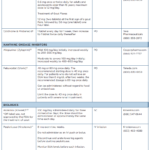Representation Matters
Dr. Neogi recalled that during her time at the University of Toronto, there were many positive female role models. “It never occurred to me that I wouldn’t be able to do this [work] because all around me I saw women in leadership positions—as the dean of medicine, chair of medicine, or program director—being successful in research, and being nationally and internationally recognized for their work.”
But when she moved to Boston University from Toronto, Dr. Neogi was the only female and sole person of color in the division faculty. Five additional female faculty members are now in the section of rheumatology. There are many programs at the institutional level to increase support of women and faculty from backgrounds underrepresented in medicine, such as the Women’s Leadership Program, a Mid-Career Leadership Program, and an Underrepresented Group (URG) Leadership Program. As New England’s largest safety net hospital, the institution prides itself on serving the underserved. Dr. Neogi serves on the Diversity and Inclusion Advisory Council on the medical campus.
“We have explicit conversations about diversity and equity and how we can best serve our patients,” she says.
In fellowship interviewing, “we’re making strides on how to make our decisions in a less biased manner,” she adds. Applicants are interviewed by at least four different people, including the program director, and standardized questions are used. And, if applicants are identified as being from a background underrepresented in medicine, the faculty selection committee “takes another look,” because research has demonstrated that first impressions are made within 30 seconds and often align with one’s personal similarities.
Keep Options Open
Dr. Neogi is a leader in clinical OA and gout research. Her work has contributed immensely to the understanding of pain and pain mechanisms in OA, the role of bone in OA, as well as exploration of potential therapeutic options such as bisphosphonates and vitamin K; in gout, she has contributed to understanding of potential flare triggers, development of classification criteria, and treatment guidelines.
When asked for her advice to younger rheumatology researchers, she says, “Everyone’s path is different, and I did not have a clear-eyed path to where I am now.” After all, as a rheumatology fellow, she thought she would be a basic scientist and would be specializing in vasculitis. “And so when you see where I am now, a clinical researcher focusing on osteoarthritis and gout, it’s like almost the polar opposite. While we all may have interests when we’re early in our training, you never know where your opportunities and interests may take you. And I think that’s one of the challenges—many people have interests and a focus early on and want to be true to that interest and focus. But that means that they may miss out on opportunities that don’t directly align with that initial interest. So I think it’s important to keep an open mind for where opportunities may lie and new paths may emerge.”



